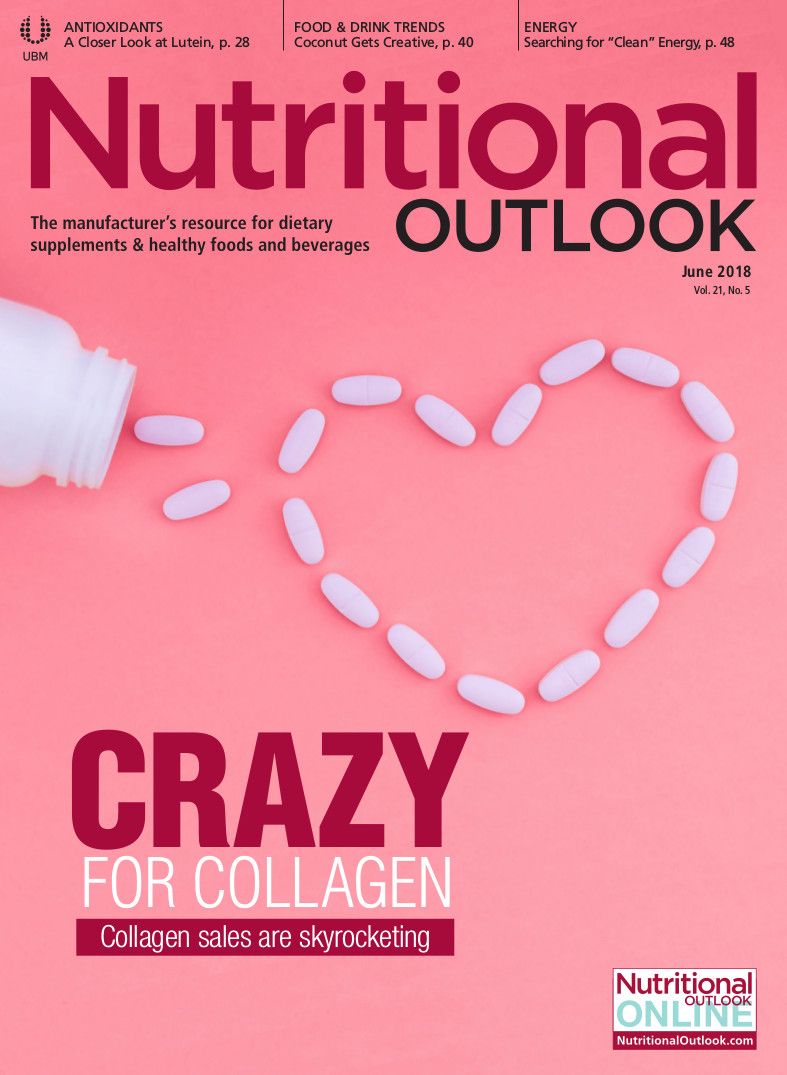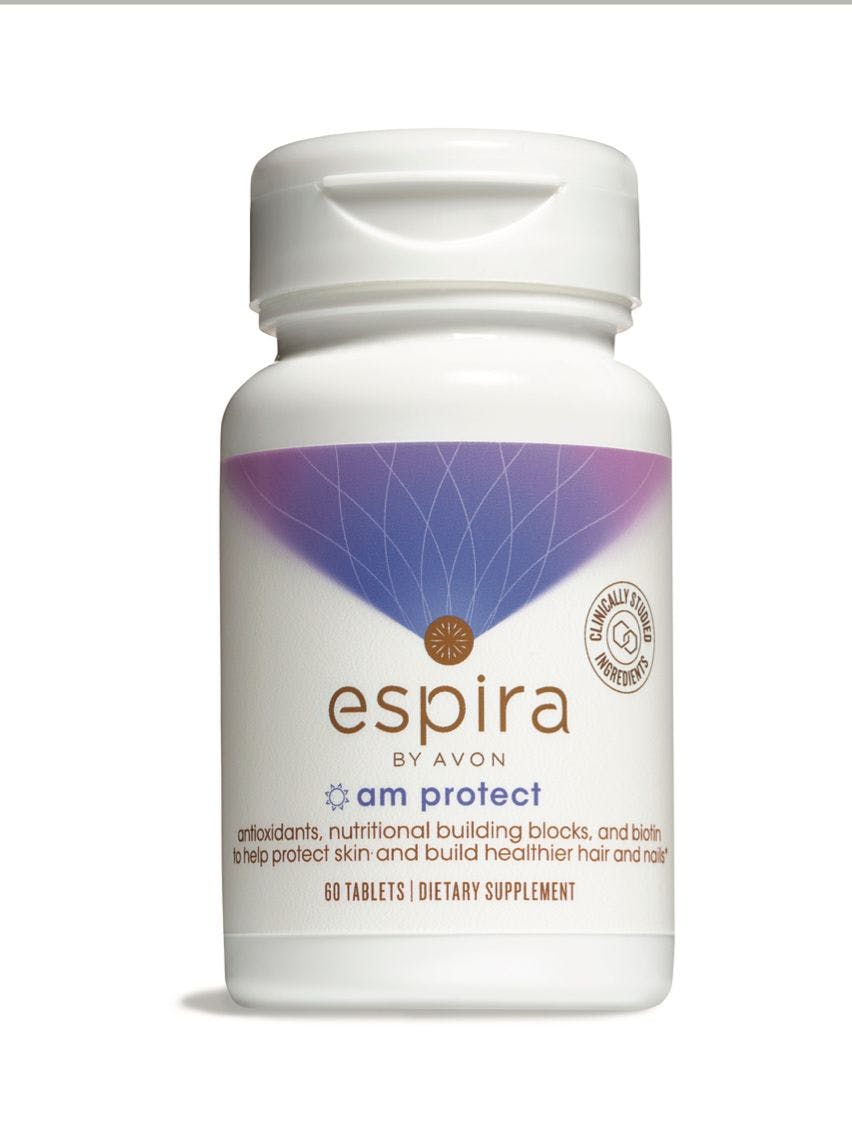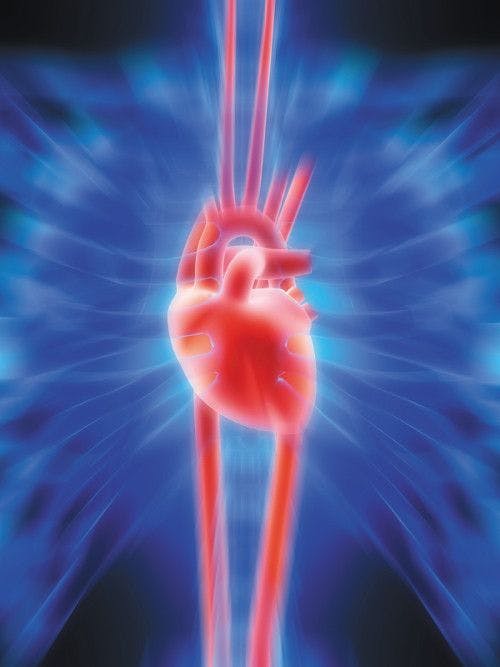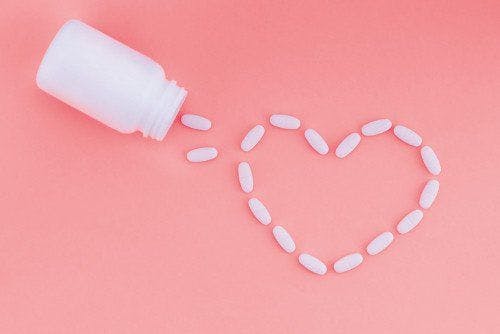Energy Products Using Wide Range of Natural and Organic Ingredients
Conventional energy drinks, snacks, and supplements remain popular, but “cleaner,” “more natural” versions are occupying a greater portion of new product launches.
Photo © Shutterstock.com/Ekaterina Iatcenko

Consumer products offering increased, longer-lasting energy are evolving. While those featuring refined sugars, large doses of caffeine, preservatives like benzoates and propionates, and the amino acid taurine remain popular, consumers are also increasingly asking for healthier, cleaner, more-natural energy-conferring foods, beverages, and supplements. In fact, Mintel noted in a 2017 report that by mid- 2016, introductions of energy drinks bearing an “organic” claim, in particular, had reached a record high.
By July 2016, 6% of global energy-drink launches for the year bore the “organic” claim. “The rise in organic launches comes as consumers show strong interest in more natural energy drinks,” the report states. “Indeed, one in four (26%) U.S. consumers say they would be more comfortable drinking energy drinks or shots made with all-natural ingredients,” the authors wrote. “The rise in global organic energy-drink offerings illustrates how the sector is attempting to appeal to a broader audience by conveying a more natural image.”
“For the foreseeable future, brands will remain under pressure to reformulate with better-for-you ingredients,” they concluded.
That future is here, and the current “clean” trend in foods, beverages, and supplements remains strong and influential-but which ingredients are viewed as “clean” in the energy products market? According to suppliers and their customers, “clean” refers primarily to four types of ingredients: 1) caffeine from “pure,” natural, and organic sources; 2) botanicals and their extracts; 3) low-glycemic sweeteners; and 4) slow-release, recognizable carbohydrates.
The Rise of “Clean Caffeine”
As the stimulant identified in coffee, black and green teas, and chocolate, traditional caffeine has long been a player in the energy-ingredient field. What’s new to the game is what suppliers and brands alike call “clean caffeine.” Caffeine sources considered “clean” include yerba mate, whole coffee fruit, organic roasted coffee beans plus medium-chain triglycerides (MCTs), and guayusa. The following products represent some developments in the clean-caffeine market.
Yerba Mate and Green Coffee Bean
Mamma Chia brand founder and CEO, Janie Hofman, defines her energy drinks’ “clean caffeine” as “the naturally occurring, organic energy sources of our organic yerba mate and organic green coffee bean. It is devoid of any harsh chemicals found in many energy drinks on the market.” The company’s new Organic Clean Energy Beverages contain 90 mg of this “natural” caffeine per serving, she says.
Coffee Fruit
FutureCeuticals (Momence, IL), supplier of Coffeeberry Energy extract, gleans its “clean caffeine” from the whole coffee fruit (or coffee “cherry”), the company’s Corporate Communications and PR Manager Vicki Gawlinski shares.
“The coffee beans are on the inside of the whole coffee fruit,” she explains. “The outside of the fruit is referred to as ‘cascara,’ which in Spanish means the skin or husk of the coffee fruit. In conventional coffee production, the green coffee bean is removed and is roasted for coffee, while the cascara is typically discarded. Coffeeberry Energy, on the other hand,” Gawlinski continues, “is our proprietary combination of organic caffeine and unique polyphenols from the whole coffee cherry-cascara plus bean.” The extract delivers 70% standardized levels of caffeine, she adds, plus the benefit of chlorogenic acids found in the cascara, and is applicable to energy drinks, coffees, teas, protein drinks, dairy and dairy-alternative beverages, and waters.
Organic Roasted Cofee Beans Plus MCTs
Wonder Fuel coffee-favor energy drink likewise features a potentially better-for-you caffeine ingredient, in this case from organic roasted coffee beans. In its coffee-favored version, Wonder Fuel combines 90 mg of caffeine from organic coffee with 7 g of organic coconut medium-chain triglycerides (MCTs). “The way MCTs are metabolized-providing long-lasting cellular energy-makes the caffeine effect become smoother, longer lasting, and without the typical crash,” the company told Nutritional Outlook via spokesperson Tana Siebold, Orca Communications Unlimited.
According to Wonder Fuel, the concept of combining caffeine and MCTs originated in Nepal, where tea was served with MCT-containing yak butter to lend the person drinking it additional energy and stamina in the high altitudes of the Himalayas.
Guayusa
Applied Food Sciences (Austin, TX), an ingredient supplier, is capitalizing on the clean-caffeine movement via its Amatea guayusa extract, which it markets as an energy-conferring ingredient. Guayusa, a caffeinated leaf of the holly species Ilex guayusa that grows in the Amazonian regions of Ecuador and Peru, is described by Applied Food Sciences as “one of the most exciting new ingredients in energy.”
Guayusa’s polyphenol makeup, the supplier explains, includes the antioxidants found in green coffee beans, including chlorogenic acids, plus the catechins found in green tea. The company’s own research has found that its Amatea guayusa extract “was able to regulate the release of epinephrine, a key part of the fight-or-flight adrenal response, upon caffeine ingestion,” says Applied Food Sciences’ creative director Brian Zapp, resulting in a less-jittery, smoother caffeine buzz for the consumer.
In addition to its “clean caffeine” and antioxidant components, guayusa has “a very pleasant taste profile” and “a refreshing sweetness,” Zapp says, thanks to its relatively low level of tannins and, therefore, lack of astringency. The ingredient lends itself to functional-beverage and sports-nutrition applications, he adds.
Likewise, Lisa Kim, director of digital marketing for beverage company Runa, reports that her brand’s “clean energy drinks” provide 150 mg of natural caffeine from brewed guayusa leaf, which is more than is offered by yerba mate, but without any of that same bitterness or astringency mentioned by Applied Food Sciences’ Zapp.
Consequently, Kim explains, no artificial ingredients or sweeteners need to be added to Runa’s energy beverages to mask bitterness. “The guayusa leaves are grown and harvested by Ecuadorian farmers who own the land,” she says. “Runa pays a fair-trade price for the leaves, which are brewed like tea into a concentrate. Then we add natural and organic flavors and carbonated water. Some flavors also include organic cane sugar.” She adds that formulating other energy drinks based on other caffeine sources is “more complicated.”
Botanicals and More
As evidenced by some of the ingredients highlighted above, the appeal of a variety of botanicals credited with boosting energy in the consumer and perceived as “natural” remains strong. Director of R&D for Draco Natural Products (San Jose, CA), Brien Quirk, confirms that his clients’ demand for energy-conferring botanicals for food, beverage, and supplement applications is high.
“We have numerous project requests all the time both in the United States and internationally,” he says, citing Asia as a particularly big market. “The growth has been amazing, and it continues to be the most sought-after application we get requests for.” Green tea with caffeine is one botanical ingredient in which he sees “strong customer interest” for energy-conferring products, as well as astragalus, rhodiola, reishi, schisandra, ginseng, eleuthero, and goji berry. “Most of these are the main energy-tonic herbs described in traditional Chinese medicine as being ‘qi’ or ‘chi’ tonics, a term which designates them as supporting vital energy,” Quirk says.
The company blends its energy-conferring botanicals in various combinations it calls “Action Synergized Formulas,” which, Quirk claims, “have overall better efficacy than standalone herbs.” One such formulation contains naturally occurring nitrates from beets and celery, along with nitric oxide–stimulating herbs such as notoginseng. (Quirk points to a 2016 study published in Experimental and Therapeutic Medicine that suggests that enhancing a person’s nitric oxide levels with beet juice can “significantly increase exercise endurance and oxygenation for an overall increased energy effect,” he says.)
Draco is also involved with a coffee-based product that includes MCTs “plus a metabolism-stimulating, insulin-sensitizing omega-7 palmitoleic acid and omega-9 lipid-rich oil specially processed from egg yolk, called Yolk Oil,” Quirk reports. He says that delving into omega-7 fats is a new direction for the company and an area that is generally underappreciated. Palmitoleic acid can increase fat metabolism and insulin sensitivity, he says, “which relate directly to energy production.”
Another newer energy product featuring botanicals is InnoBev’s WakeUp, developed with the Technion-Israel Institute of Technology and the Weizmann Institute of Science (also in Israel). The daily-dose shot includes extracts of guarana, Ginkgo biloba, elderberry, and FruitUp (a low-glycemic-index fruit syrup), and was developed in part as a response to the “growing [complaints] expressed against the high-caffeine, high-sugar energy drinks,” according to Eli Faraggi, cofounder and CEO of InnoBev.
The company says the product “improves alertness and cognitive performance for at least 120 minutes with minimal caffeine, no heart-rate effects, and no tolerance effect over time,” and Faraggi cites a small study published in the Israel Medical Association Journal in 2013 to support this claim.
Sustained-Energy Carbs
Carbohydrates have gotten a bad rap over the years, earning a reputation for contributing to weight gain, diabetes, and crash-and-burn energy dips. Suppliers such as Beneo (Morris Plains, NJ) and Ingredion (Westchester, IL), however, have formulated carbohydrate-based ingredients for nutrition brands looking for “clean,” low-glycemic-index carbs to incorporate into their functional foods and beverages.
Beneo’s Palatinose (isomaltulose) is a non-GMO carbohydrate made from sugar beets, President Jon Peters says. He describes it as “fully digestible” and “slow release.” This low-glycemic-index (32) ingredient, at a concentration of 4 kcal/g, provides the same amount of energy as sucrose; “however,” Peters adds, “because of its stable molecular makeup, this functional carbohydrate is digested more slowly and delivered in a sustained way to the body’s cells.”
Ingredion’s Sustra 2434, another slowly digested carbohydrate, was just recently launched in September of 2017. Containing corn starch and tapioca flour and best suited for cold-pressed-bar and smoothie applications, this ingredient is “clean-label, gluten-free, easy to formulate with, and certified in conformity with Ingredion’s TrueTrace program for non-genetically modified ingredients,” says Patrick Luchsinger, marketing manager, nutrition, for Ingredion Inc. “This starch blend has been scientifically shown to effect a lower glycemic index and steadier blood-sugar levels over an extended period, leading to balanced, long-lasting energy.” He adds that there has been a lot of interest in and sampling of the ingredient by customers, who are now testing it out in formulations.
Cleaner, More Natural, “Better For You”
Beverages, snacks, and supplements formulated to increase and sustain energy in the consumer are clearly following the larger industry trend of “cleaner,” more natural, better-for-you ingredients. As consumers of all ages-and particularly Millennials- become ever more adept at using Internet sources and social media to further their health education, inform themselves, and share what they’ve learned within minutes via large-scale online platforms, brand managers and suppliers should respond with products perceived as more natural, healthful, and clean.
Also read:
Functional-Coffee Trends in 2017






















